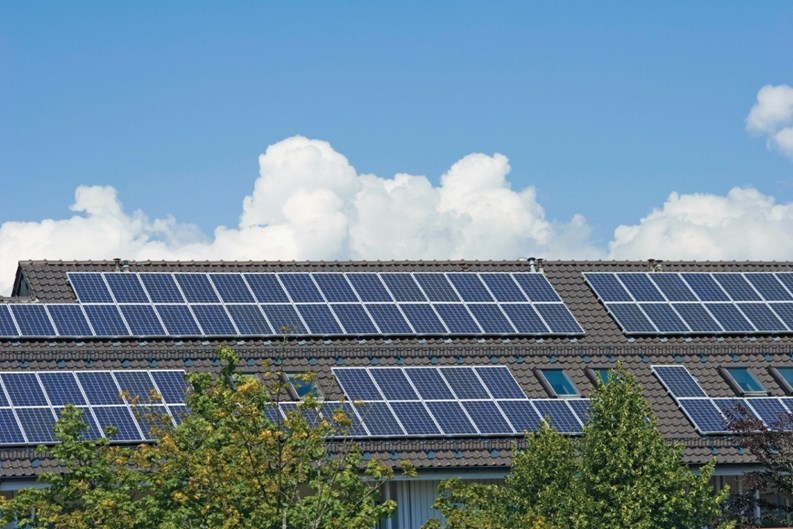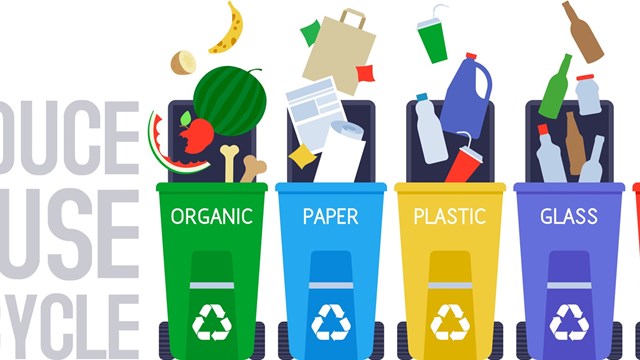We diligently sort our recycling. We drive our hybrids to the nearby market to buy locally-produced organic food. We are looking for ways to live more harmoniously with the planet. Real estate developers have carefully noted this trend, and many have been building new “green” energy-efficient condos as well as retrofitting existing units to decrease their impact on the environment.
The features in these new green condos range from solar panels on the roofs, to sustainably-harvested bamboo floors in the living spaces, to super energy-efficient appliances that reduce the owner’s carbon footprint and utilitybills. And these new green condos are not just for upscale buyers. Around New England, green features have trickled down to affordable condos.
As this survey of notable green New England condominiums shows, there are a myriad of green options that helpboth the planet and the bottom line.
Gull's Nest Condominiums –Green Goes Affordable
Provincetown, on the very tip of Cape Cod, is known for many things: an active nightlife, great beaches, whale watching trips, and, now, affordable green housing. The country's first affordable housing unit to achieve LEED certification at the platinum level is Gull’s Nest Condominiums, located just outside of downtown Provincetown on the site of what used to be the Gull’s Nest Inn. The former motel was knocked down for this project, but, in accordance with the many stipulations for LEED certification (see sidebar), much of the original building material was recycled into thenew condominium units.
The centerpiece of the Gull’s Nest certification, however, rises above the structure. On the roof of the L-shaped building are 100, 175-watt solar modules that are expected to provide up to three-quarters of the residents’ energy needs. Liz Argo of Solar Wrights, who provided both the initial technical consultation as well as the actual solar installation, was gratified by the interest generated by the project: “I was on-site when it was being finished,” Argo explains, “and I was thrilled by how many people entered the lottery that was held to sell off the units.” She concludes that the added green features may have helped create more than just marketing buzz. “Nothing feels more ‘home’ than something in which you have pride,” she says. The popularity of Gull's Nest is a clear demonstration that many potential home owners of all economic backgrounds are interested in reducing their impact on the environment. Significant energy bill savingshelps as well.
Johnson Square Village – A Bright Idea
When Dan Porrazzo set out to build Johnson Square Village in Brockton, Massachusetts, his prime motivation was to “build energy-efficient condos that the average working person could afford.” Putting in Energy Star-certified appliances was a great first step, but then he added solar energy panels on the roof of each of the seven buildings of Johnson Square Village (six are quads and one is a duplex). Each condominium unit will feature an 18-panel, 3.24 kilowatt (kW) solar array capable of providing nearly all of the electricity needed by its occupants. The homes are selling for $214,900.
One of the units, according to Porrazzo, is reporting a net income from the energy generated by the panels (Massachusetts is a “net metering” state, which means that energy generated by the solar panels and not used by the resident may be sold back to the utilitycompany). As Johnson Square Village continues to take shape (only two of the proposed seven buildings have been completed so far), it will provide one model of condominium units that can be essentially 100% energy self-sufficient and still be affordable for the average working family.
The Macallen Building –A Deep Luxurious Green
Just a few years ago, South Boston may have been one of the last places you'd go looking for a cutting-edge, green condo. But, situated in this rapidly-changing neighborhood is one of New England’s best models for sustainable building that enhances quality of life while minimizing impact on the environment. Green for the Macallen Building literally starts with the roof and continues all the way through to the very bottom.
One of the noticeable features of theMacallen Building — where condominium units run from $485,000 to $1.55 million — is the sloped, “green roof” filled with plants and grasses that help insulate the building in the winter and keep it cool through the hot city summer. Supporting the roof is a building made of ninety-eight percent recycled structural steel with eighty-five percent of the exterior aluminum coming from recycled sources.
The floors, walls, countertops and insulation are made of natural materials such as bamboo, cork, cotton, and quartz — much of which comes from within a 500-mile radius. Inside the walls and below the floors are materialsand systems that eschew the use of ozone-depleting agents like chlorofluorocarbon gas or carcinogens like polyvinyl chloride.
And what does all this mean to the condo owner? While real estate brokers like Ellen Shultz of Chart Real Estate have noticed an increasing number of buyers factor in a home’s “greenness” in their decisions, many may not even notice the green features of the MacallenBuilding — until their electricity bill arrives. Then, the thirty-percent increase in energy efficiency of the units becomes apparent.
But that is not to say that nobody is taking notice. The building has been granted Gold-level LEED certification for its sustainable development features. In addition, the building has been touted as one of the best “luxury green” models in New England, a talking point that many condominiumsin New England will be seeking to match in the coming years.
Pine Street CoHousing – The Power of Community
One model for sustainable development requires little or no technological advances – but rather a step back to earlier models. At the Pine Street CoHousing complex in Amherst, Massachusetts, environmental savings come not just from the design of the housing units created by architect Bruce Coldham in 1994, but from the collaboration of the residents who live at Pine Street. While some green or eco-condo owners may revel in their Energy Star appliances or sustainably-harvested bamboo flooring, residents at the Pine Street CoHousing complexachieve energy efficiencies through shared resources and community. For example, instead of each neighbor buying his own snowblower or lawnmower, one resident takes care of that while another neighbor does the accounting for the complex.
The Pine Street complex consists of eight duplex homes clustered around a single common house on 5.2 acres. The complex is located near public transportation, thus reducing the need to drive. The houses are smaller than the average single-family home, but shared common areas provide additional spacesfor gathering and relaxing.
For Tina Clarke, campaign director of the joint project on climate change for Clean Water Action and the Sustainability Institute, co-housing units draw families who might otherwise turn to single-family homes in planned suburban developments.
Many co-housing communities offer the type of safe, pedestrian friendly places where kids can play outside that are missing in many other housing options. In addition, many co-housing communities pool resources and offer things like an on-site gym, community garden, woodworking shop, and common house with lodgingfor guests that single-family home dwellers may have to drive to reach.
Lessons Learned
While these projects are just a sampling of what is happening across NewEngland, taken together they portray the range of options available to condominium owners and developers.
For condominium projects still in the design phase, location and orientation are key factors. As Clarke notes, clustered housing with shared walls, pedestrian friendly spaces, and kid-safe areas can help minimize the resources needed to build and maintain the type of infrastructure that defines so many suburbs.
Argo says that even if condo owners and developers can't or don't want to do solar from the beginning, creating south facing roof space is really key for later retrofitting with solar panels. Also putting in chases (space for conduit or water piping from the roof to basement) will make putting in solar at a later date much easier.
For renovations, following LEED standards for reusing existing building materials and using environmentally-responsible materials will help increase green construction. Energy Star appliances and energy-efficient windows, doors, and HVAC systems also reduce the overall impact on the environment. Upscale condominiums like the Macallen Building as well as more affordable projects like Johnson Square Village and Gull's Nest Condominiums clearly demonstrate the growing appeal of green to prospective home buyers of all income levels.
Robert Todd Felton is a freelance writer living in Amherst, Massachusetts.







Leave a Comment